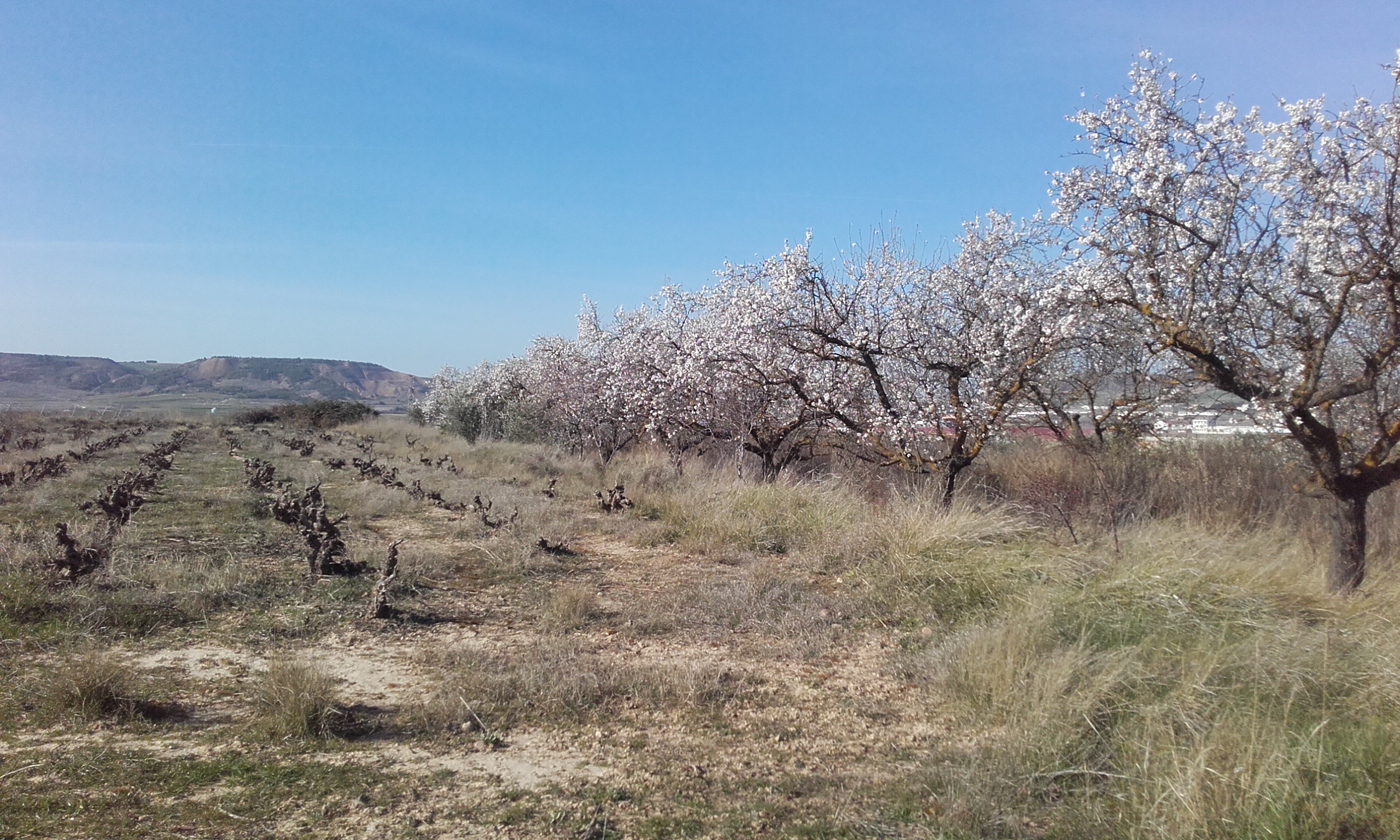Last updated September 2022
La Rioja is famous for its wine all over the world. Like most people, that was all I knew about it before I went. I’m glad that I was able to learn a lot more about while I was there as it has so much to offer. It has a beautiful landscape, friendly people, a complex history and it is very peaceful, it is not very touristic.
I was in La Rioja 3 months and I really enjoyed my time there. I will do my best to give you an idea of how much I enjoyed my time and how much I would recommend visiting. It deserves to be known for more than just its wine.
Some factual information:
- La Rioja became an autonomous community in 1981. It is interesting in that it is both an autonomous community and a province (Spain is divided into autonomous communities and then into provinces, for example, Barcelona is a province within the autonomous community of Cataluña).
- The autonomous community of La Rioja is located in the north of Spain, it is beside Navarre, below The Basque Country and above Castile and León. Therefore, it is perfectly located for travelling. I was only there for 3 months and I was easily able to travel to Zaragoza in Aragon, Pamplona and other towns in Navarre, Bilbao in The Basque Country and Santander in Cantabria.
- Capital of La Rioja: Logroño
- Some important towns/cities in La Rioja: Haro, Calahorra, Arnedo
- Language spoken: Castillian Spanish (the same as in Madrid) so it is a good place to go if you want to practice your Spanish
- The River Ebro is very important. It is a very big river, the biggest in Spain, it also flows through other cities like Zaragoza. It means that there is very fertile soil for the vines, vegetables and fruit.
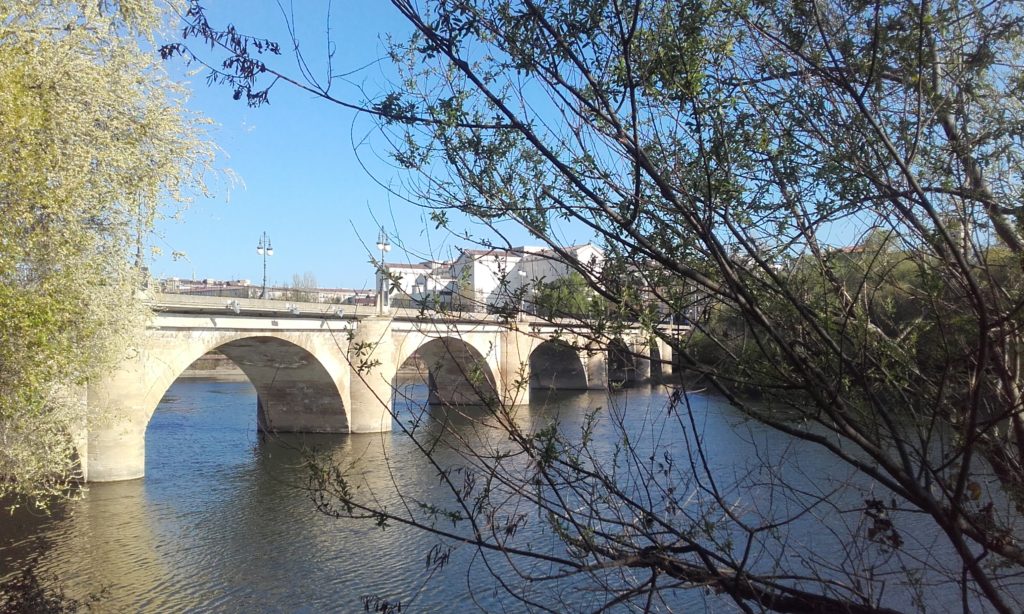
What stood out about La Rioja for me:
- Wine – lots of wine bodegas and vineyards. Even just driving around, you see vines and bodegas of different names everywhere. The vines are beautiful all year but especially in autumn. You can book a tour of one and learn about the wine-making process and do a wine tasting. Marques de Riscal is probably one of the most famous but it is worth it and it has a lot of surprises. I will write on it one day soon. It is located in Basque Country but it is very close to La Rioja.

- Vegetables – the River Ebro means that the soil is perfect for growing vegetables. Calahorra is known for its vegetables and has a festival in April to celebrate them. Pradejón, a small town near Calahorra and less than an hour away from Logroño, produces the most mushrooms in all of Spain. It has many mushroom bodegas (where mushrooms are grown, see photo below) and it even has a museum to prove it, called Fungiturismo ( http://fungiturismo.com/ ).
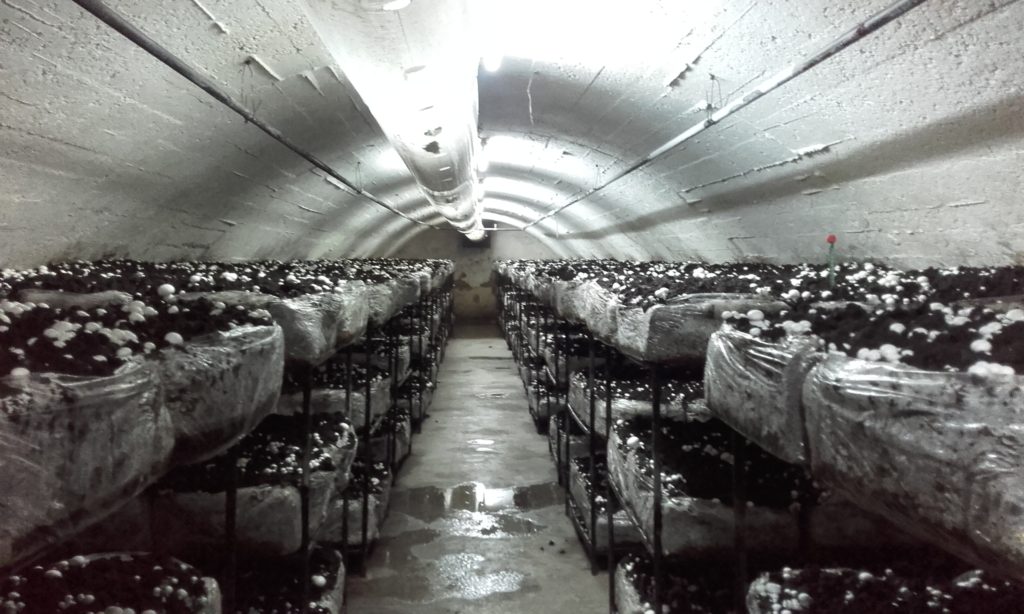
- Ernest Hemingway – Ernest Hemingway loved Spain, especially Navarre and The Basque Country. Pamplona in Navarre was his favourite city and it is the setting of his famous novel Fiesta: The Sun Also Rises. However, he also visited Logroño and Calahorra.
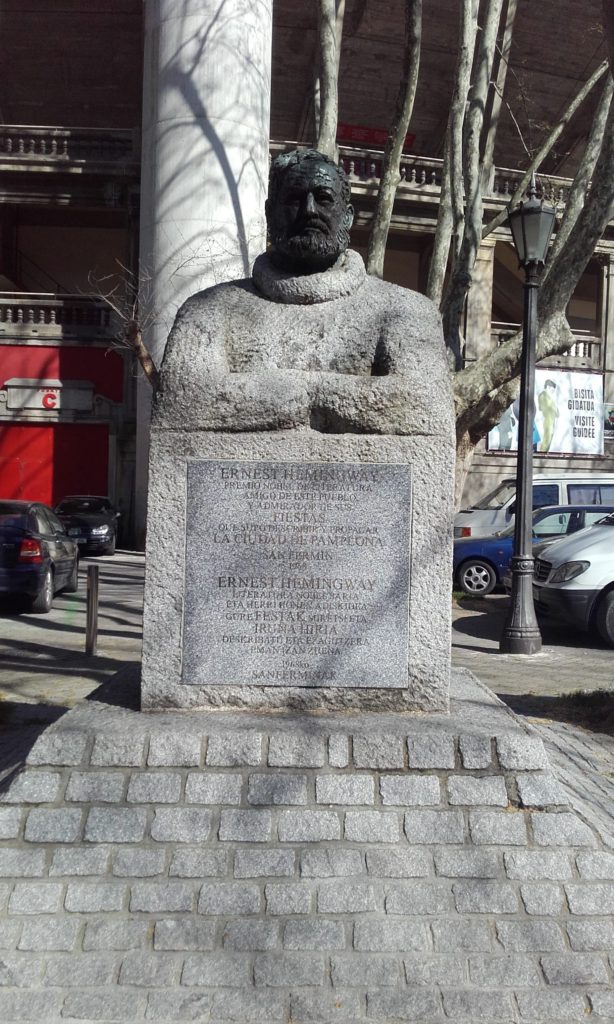
- The first words written in Castilian Spanish (castellano) are to be found in La Rioja at Yusa Monastery. As a result, it is part of El Camino de la Lengua Castellana, see photo below.
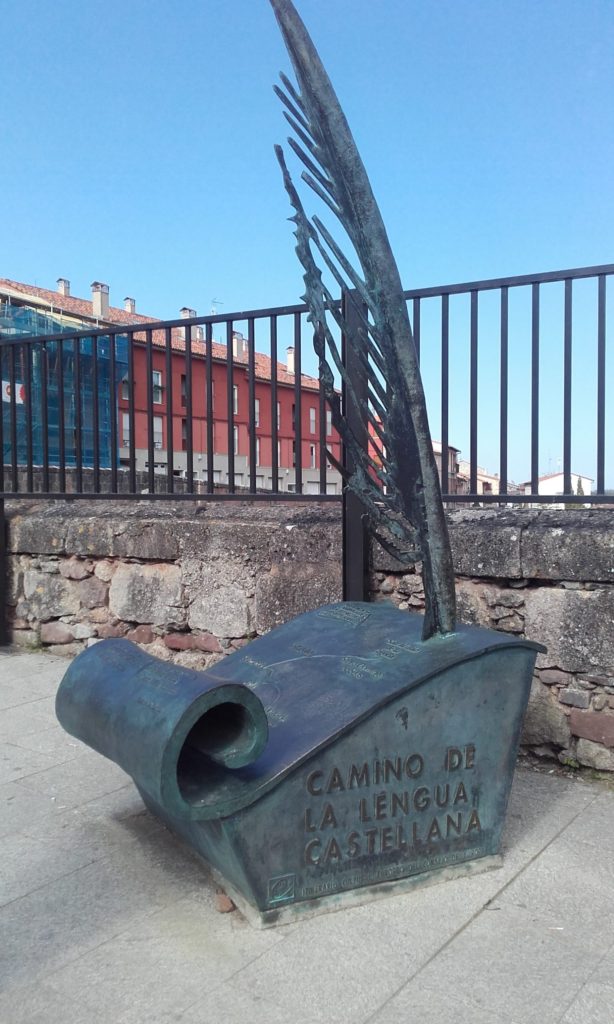
- A good place to go if you are interested in El Camino de Santiago. Who hasn’t heard of it? Recently there have been lots of movies about it. It is present throughout La Rioja, especially Logroño. You will almost certainly see pilgrims while you are here.
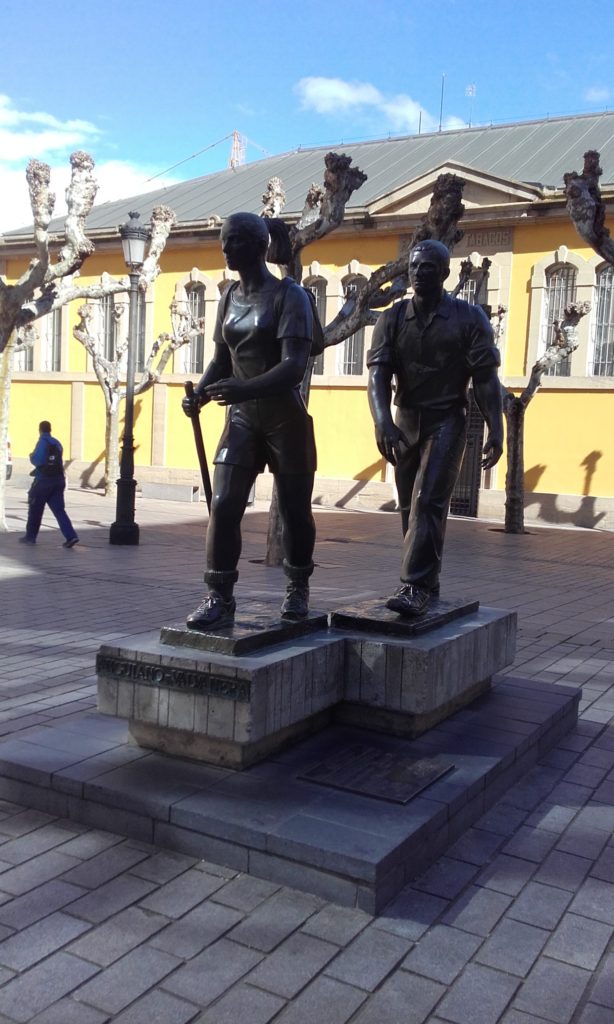
- Its typical dish: Patatas la Riojana. I had never heard of or tried this dish before visiting the area. It is delicious! It is a potato stew with meat, usually pork. We had some during a festival at Calahorra that was cooked in a big pot, it looked pretty impressive!
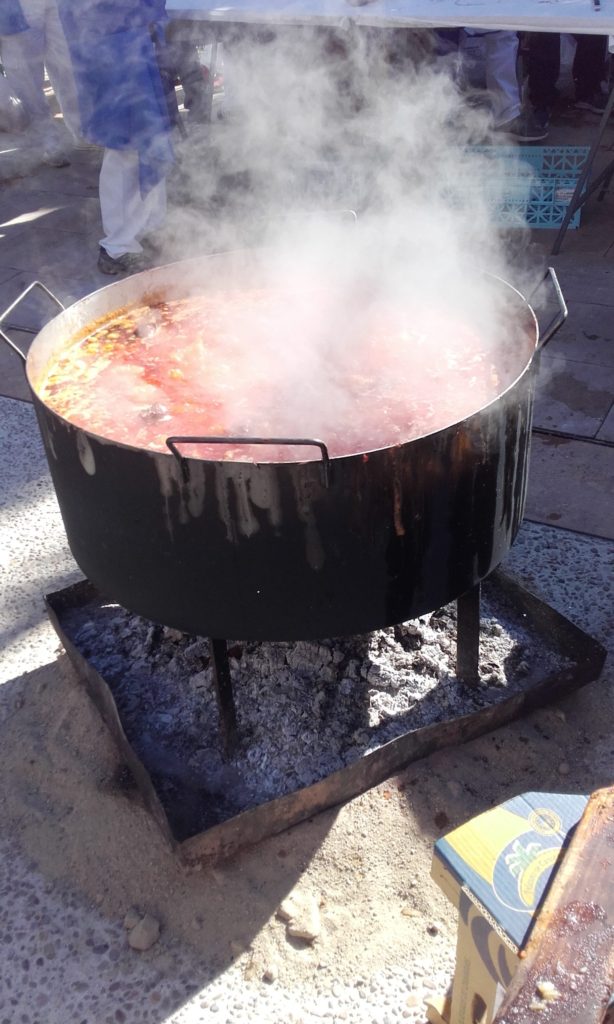
- Excellent festivals – it celebrates Carnival (Carneval) and Easter (La Semana Santa) like most of Spain. It has more unique festivals too. Haro has its famous wine battle (La Batalla del Vino) every June. Calahorra also has amazing festivals. I will be writing more about them soon!
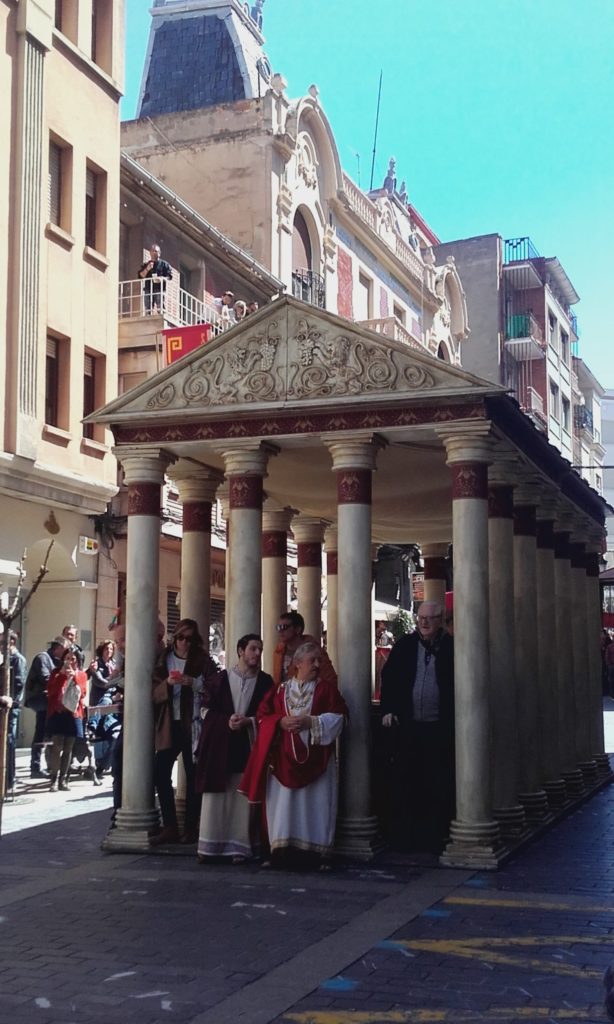
- San Millán – he used to be the patron saint of all of Spain but now he is only the saint of La Rioja. Santiago (Saint James) is now Spain’s patron saint but there are no national festivals for him, very different to St. Patrick in Ireland! Instead, each Spanish town and city has their own saints and hold festivals for them twice a year, in summer and in winter.
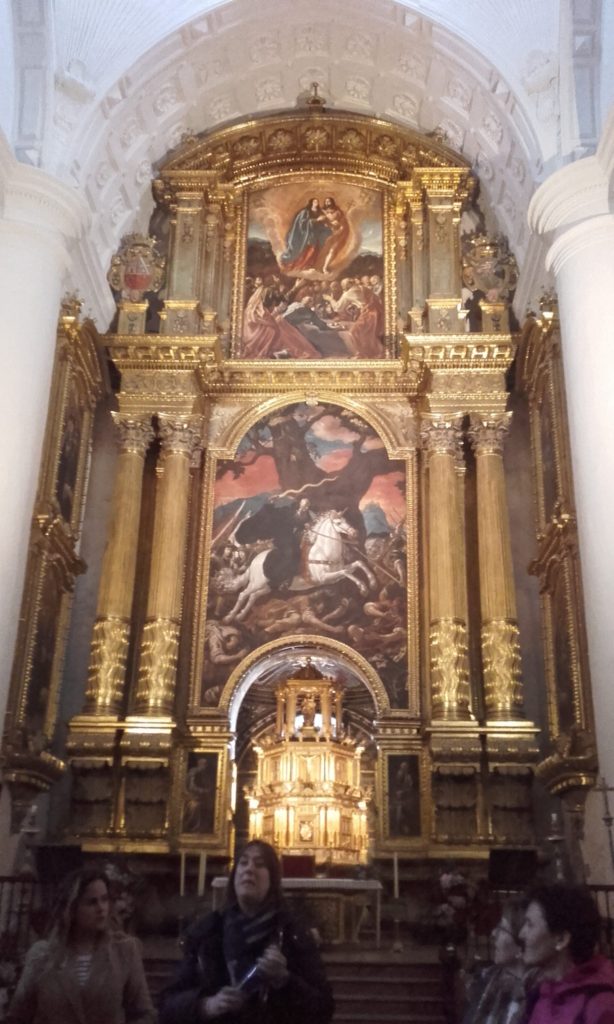
- Dinosaur footprints! Yes, you are reading this correctly! There is a whole route you follow and a little theme park dedicated to them that you can go to with kids. They are clear to see and something else that is unique to La Rioja. I saw them in the hills by the town of Cornago, a very beautiful and peaceful small town.
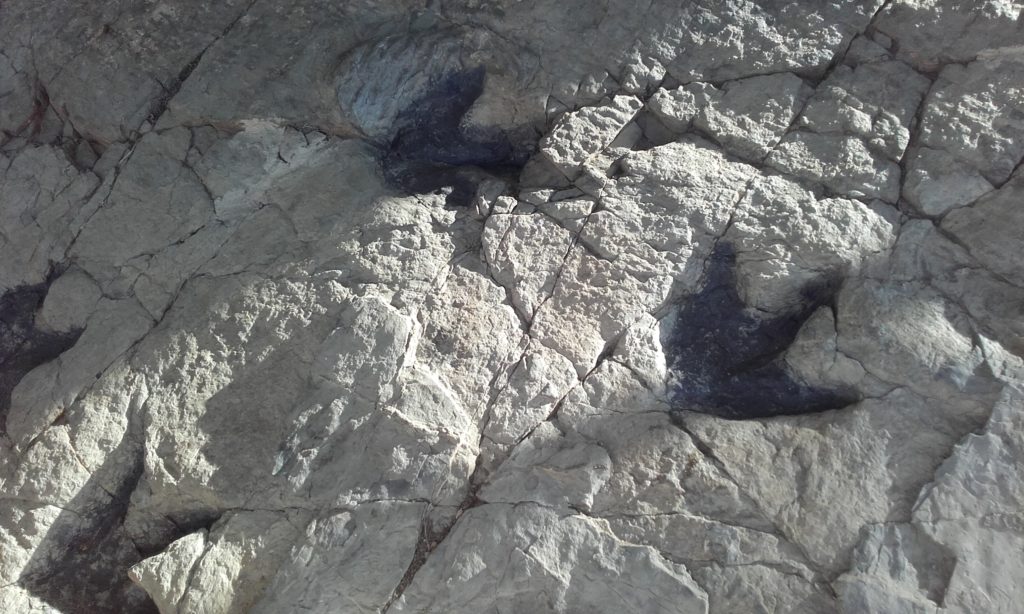
I spent 3 very happy months in La Rioja and saw a lot but there is still more to see and do. I’d love to return one day.
How to get to La Rioja?
Logroño has an aiport but it is mostly for business people. There is no public transport from the airport.
Zaragoza and Bilbao airports are also close, you can get a bus or train from here to Logroño or to other towns in La Rioja.
Madrid airport is 4 hours away by bus. The bus company ALSA has a bus that runs directly from Terminal 4 of the airport to Logroño bus station.
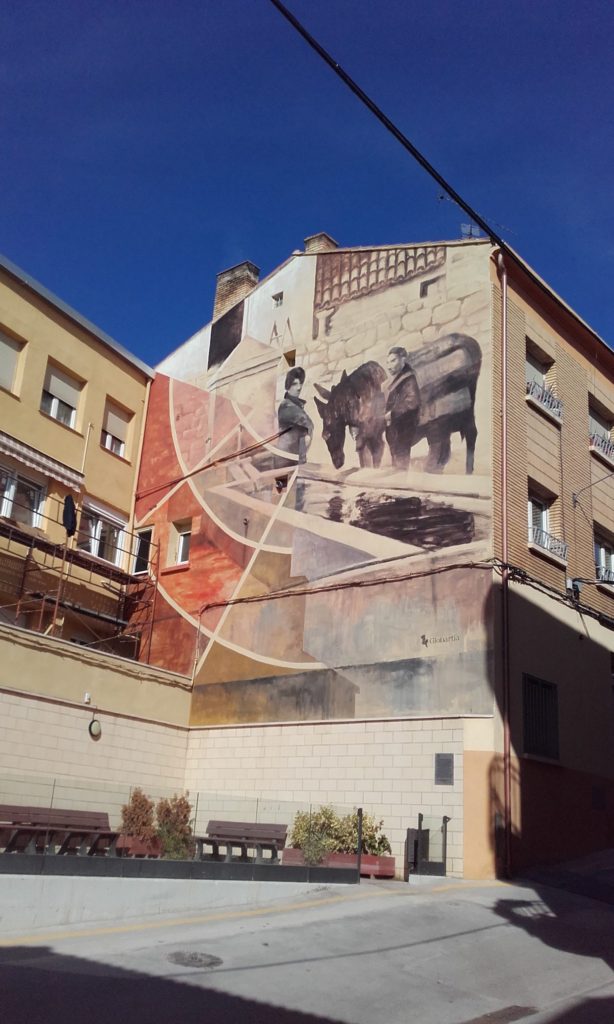
I hope this helps inspire you to explore La Rioja! Or, at least, has shown you that there is a lot more than just wine in the region!
Expect to read more about La Rioja very soon.
